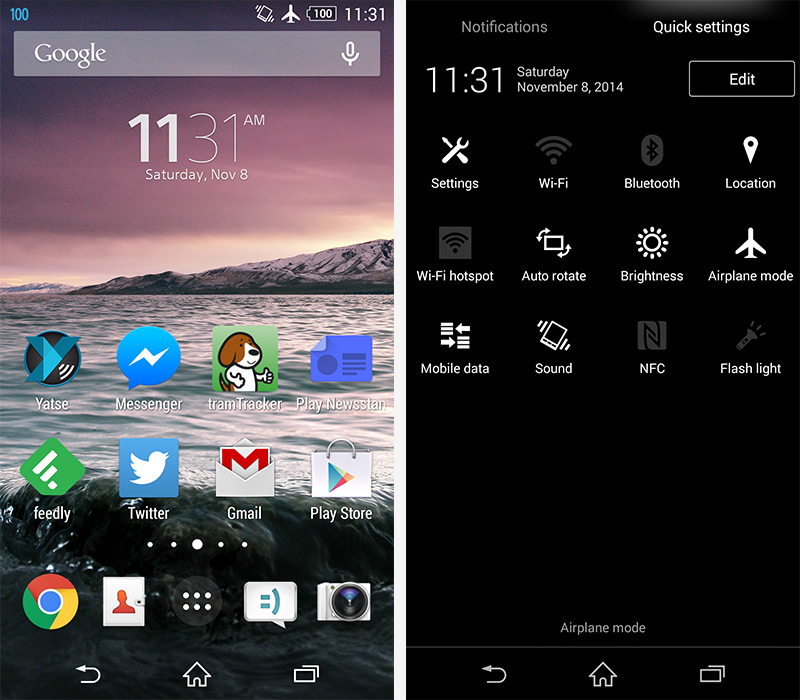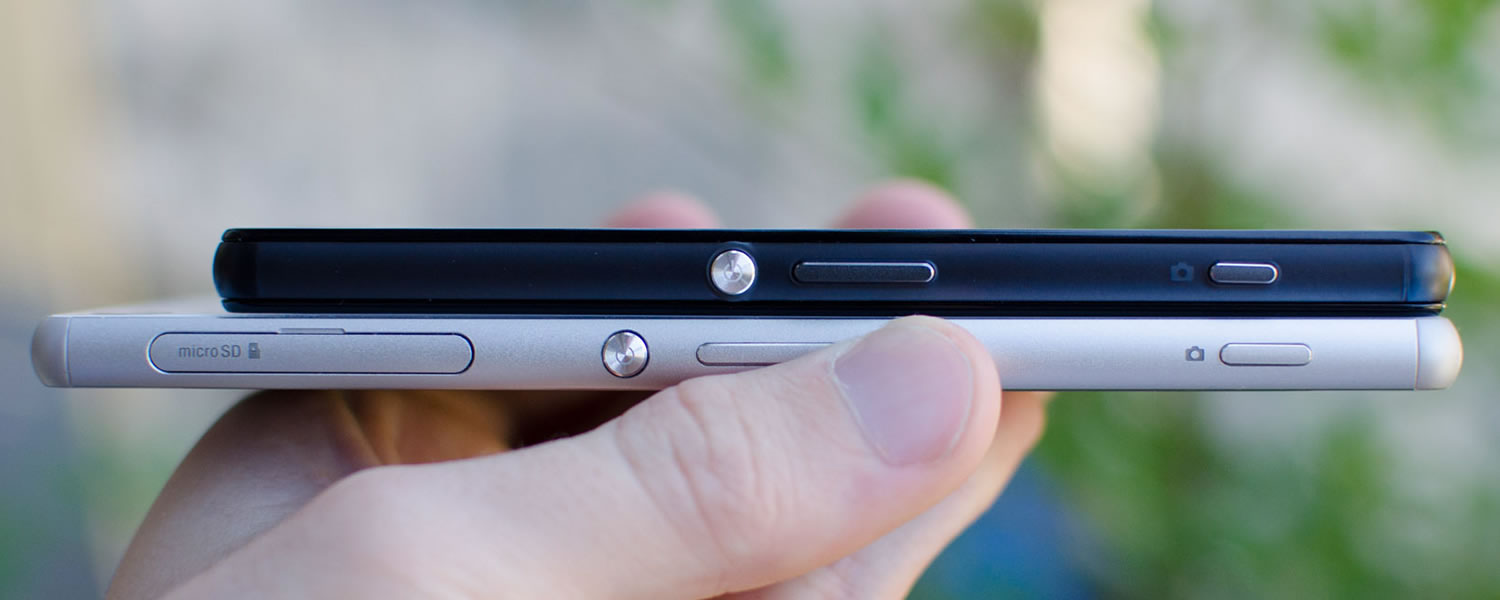Software and Camera
There are two aspects of the Xperia Z3 Compact that are literally identical to its bigger brother, the Xperia Z3. So to save myself from repeating what I've already written about the software and camera on the Xperia Z3 Compact, I'll direct you to my review of the Xperia Z3 where you can read my in depth thoughts and get more camera samples.

What I will do, though, is give an overview of each aspect. Starting with the software, the Xperia Z3 Compact is running Android 4.4.4 'KitKat' out of the box, with a promised upgrade to Android 5.0 in the near future. The software skin that Sony is using looks visually dated and isn't all that interesting feature wise, giving you the standard stuff you'd want from a smartphone.
As I said in my Z3 review, I'm hoping that with the launch of Android 5.0 'Lollipop' and its refreshed Material Design that Sony will completely revamp the skin and make it more modern. But as it stands right now, it's hardly changed from what shipped with the original Xperia Z that's approaching two years old.
The camera is the very same 20.7-megapixel Sony Exmor RS 1/2.3" CMOS with 1.12µm pixels, paired with a 26mm-effective f/2.0 lens. The front camera is Sony's IMX132 2.4-megapixel 1/6.95" CMOS with 1.12 µm pixels, paired with an f/2.8 32mm lens. While the front camera is just capable of 1080p recording, the rear camera can do 4K Ultra HD in its separate recording mode.
The quality of the Z3 Compact's camera in either still or video mode is pretty decent, capturing accurate images, especially when conditions are good. Indoors it suffers from a lack of OIS, producing results that are a bit mediocre compared to flagships that pack the optically stabilizing feature. It's still a very good camera by smartphone standards, especially considering no phone of this size really has a camera like it, but it's not the best on the market any more.
The main issue with the Z3 Compact's camera isn't so much the image quality but the included camera app. Many of the features that are included with the Superior Auto mode - which shoots 8-megapixel images - are not available when you try and capture full-resolution 20.7 MP shots. These features include night-time-suitable ISOs, the HDR mode, and the ability to select scenes. When you add in the issues with the interface itself, the complete camera offering seems a little disappointing.
That said, you do get access to a huge array of camera shooting modes, ranging from stupid gimmicks like AR Fun and AR Effect to genuinely useful and interesting features like Background Defocus and Timeshift Video.





